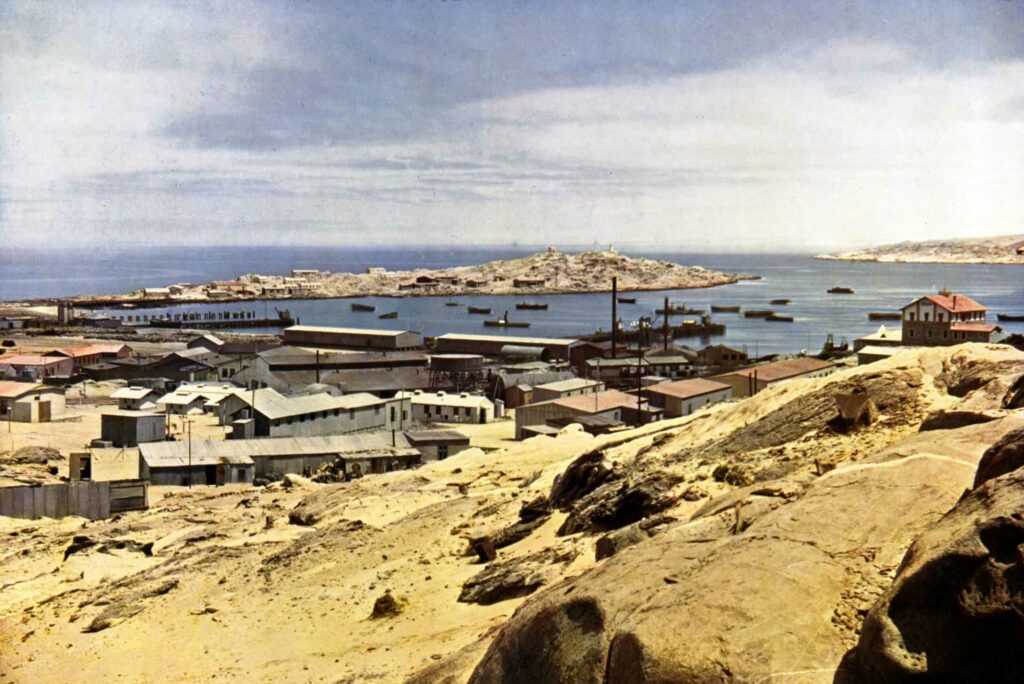If you see this after your page is loaded completely, leafletJS files are missing.
In 1904, the first German genocide took place. It was perpetrated in what is now Namibia, the then colony of German Southwest Africa by German colonial troops.
This was preceded by cattle epidemics, the appropriation of valuable pasture land by German settlers, and cases of fraud in land acquisition. The Herero became impoverished, had to give up cattle breeding and accept exploitative casual labor. In January 1904, the Herero uprising began. In the battle of the Waterberg on 11. and 12 August 1904 they were defeated. The survivors fled to the Omaheke Desert, where the German colonial troops deliberately drove them away from the water points, so that many more people died of thirst. The Nama uprising also remained futile. On October 2, 1904, Lieutenant General von Trotha issued a proclamation to the Herero people that later became known as the “extermination order.”
“The Herero are no longer German subjects. […] Within the German border, every Herero with or without a rifle, with or without cattle, will be shot; I will no longer accept women and children, drive them back to their people or have them shot as well. … I believe that the [Herero]nation as such must be destroyed.” (Lothar von Trotha: to the Chief of the Army General Staff, October 4, 1904).
Captured insurgents were taken to specially built concentration camps, where they were forced to perform forced labor and fell victim to human experimentation. Historically documented are about 8000 fatalities. The term “concentration camp” did not previously exist in German; the “concentration camps” from the South African Boer War provided the concept for internment and extermination.

The genocide of the Herero and Nama also has a connecting line to Kassel. This was the site of the Henschel plants, which have since been absorbed by ThyssenKrupp and smaller successor companies. Among other things, they manufactured railroad rails and locomotives. To put down Herero and Nama resistance to German colonial rule in 1904, armored trains transported German colonial troops and weapons. Thus the Henschel company was logistically and organizationally jointly responsible for the fact that the genocide could take place.
Today, the alliance “Völkermord verjährt nicht” (Genocide does not have a statute of limitations) is campaigning for international legal recognition of the genocide on the part of the Federal Republic of Germany and is demanding reparations as well as an official apology.
~
Sarkin, Jeremy (2011). Germany’s Genocide of the Herero: Kaiser Wilhelm II, His General, His Settlers, His Soldiers. Cape Town, South Africa: UCT Press.
Casper Erichsen, David Olusoga: The Kaiser’s Holocaust: Germany’s Forgotten Genocide and the Colonial Roots of Nazism. Faber and Faber, London 2010
Henning Melber/Kirstin Platt (2022) (eds.): Koloniale Vergangenheit – Postkoloniale Zukunft?
Rethinking German-Namibian Relations. Frankfurt: Brandes & Apsel.
